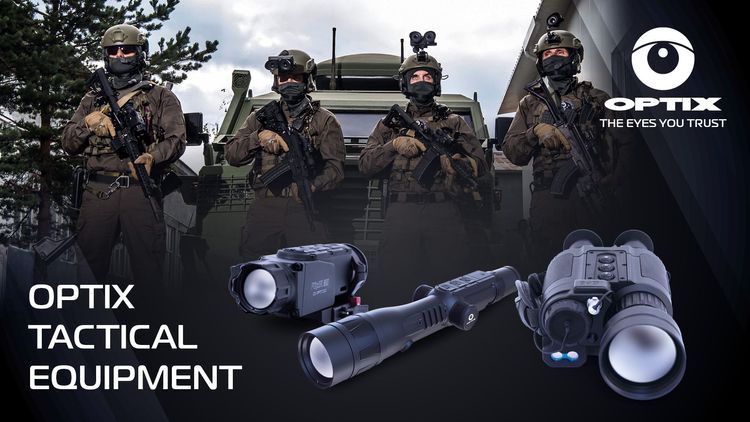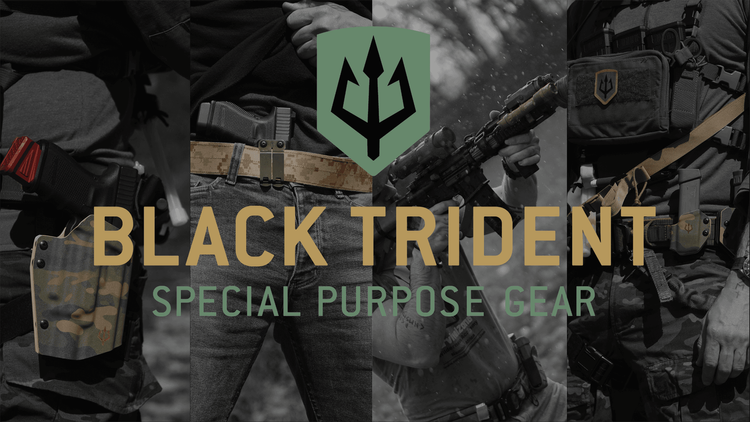Why a good grip matters
Over the past few decades, military/police training guidelines have changed significantly when it comes to firearms training with handguns. Sometimes the support hand was holding the wrist. Sometimes there was the all known "weaver stance". In the 1970s, there was "hip shooting". Sporty, dynamic shooting is almost a "contrast" to this. Relatively little has changed over the years.
An unstable or faulty grip ensures everything but clean follow-up shots. The recoil runs uncontrollably through your arms, the muzzle jump increases and your next shot lands somewhere - but not where you need it. This is where the wheat is separated from the chaff, especially with fast firing sequences or under stress. If you grip a pistol incorrectly, you are fighting against physics. If you hold it correctly, you use it
Holding a handgun correctly - the basics
1. High and tight:
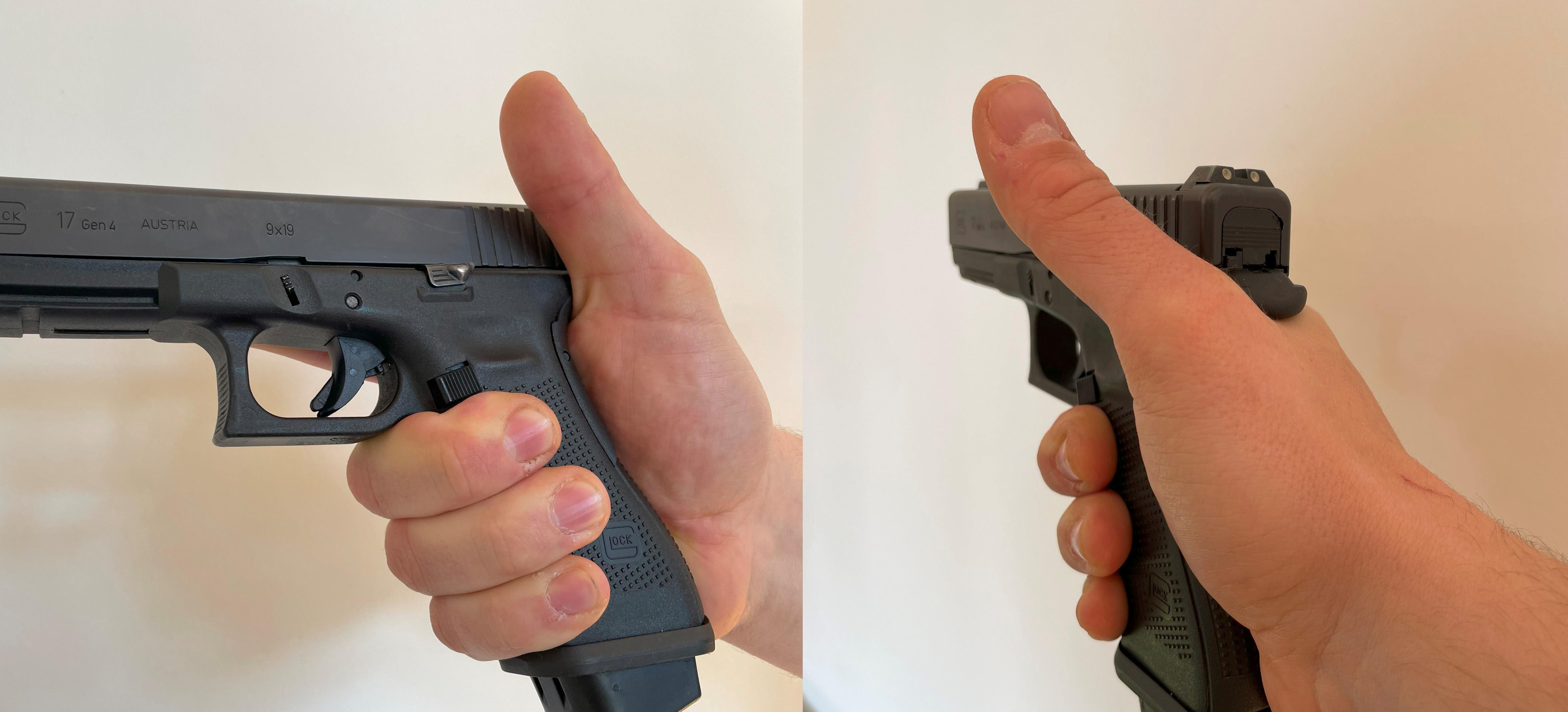
Your main (or “strong”) hand grips the grip as high as possible and as firmly as possible. The rule of thumb: firm, but still flexible enough for a clean trigger pull. Your middle finger should be “clamped” directly under the trigger guard. Your thumb is still (!) outstretched and leaves room for your second hand. The space between your thumb and index finger is cleanly under the beavertail or as far up as your pistol allows.
2. Take your support hand:

The second hand is not just decoration. It now “rolls” down into the remaining space on the grip. Here too: As high as possible. Thumb tends to move forward, lots of skin contact with the weapon.
3. High Grip, both thumbs forward
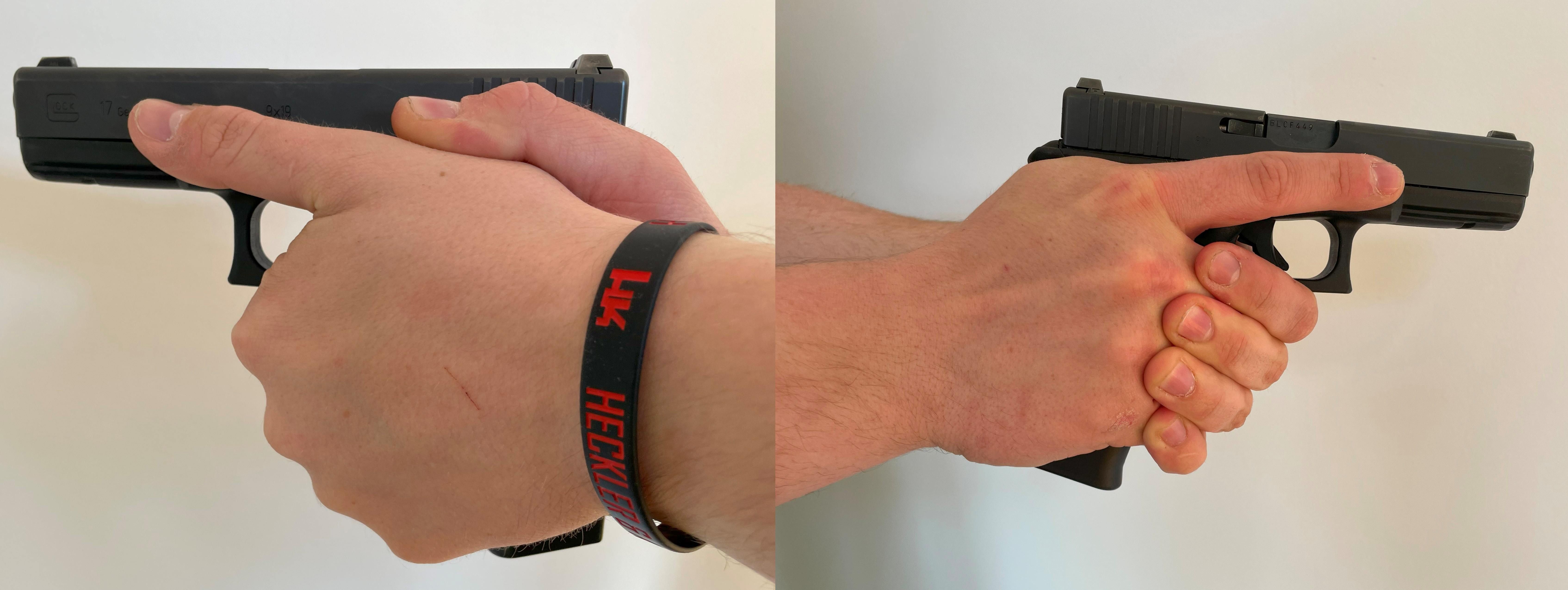
The thumb of your main hand and your support hand move forward and nestle against the grip and the slide. The higher you grip, the less "muzzle flip".
4. Note the air between the hands!
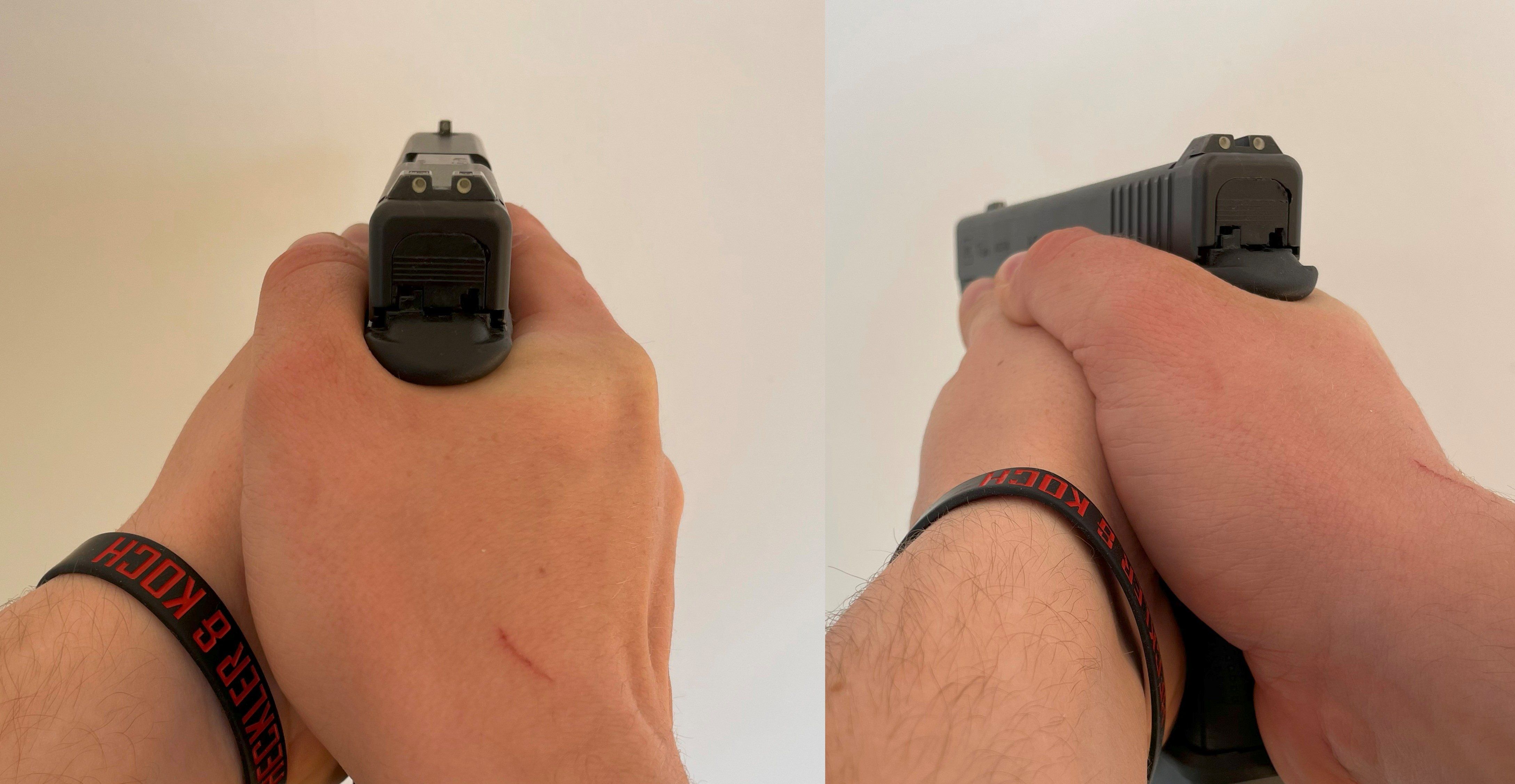
Pay attention to the space between your hands: Mistakes often creep in here. A gap is often left between the main and support hands.
5. Pressure. Pressure. Pressure.
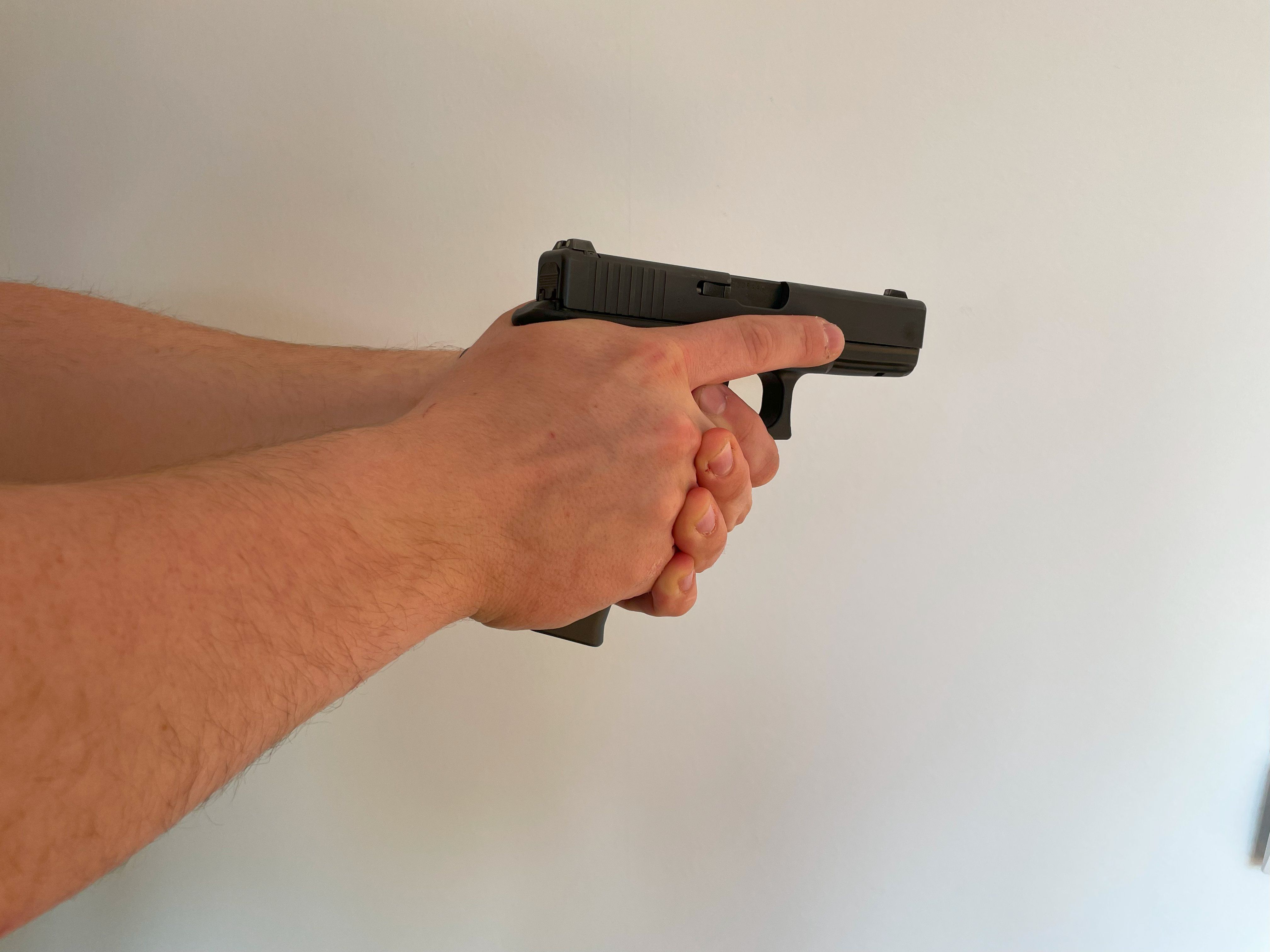
How much pressure is applied to the grip is a matter of taste. In our experience, the strongest possible pressure without any particular weight distribution (80/20 principle or similar) is ideal, as it is the most repeatable.
Mission success requires tactical equipment you can trust in any environment. OPTIX Tactical Equipment ensures reliability and performance in every operation.
Common mistakes when gripping the handgun:
- “Teacup'ing”: Support hand comes from below or only holds the base of the magazine. No control, no precision.
- Loose wrist: the gun dances with every shot. The goal: a stable grip with an active, slightly forward leaning wrist. The wrists should be as tight as a vice.
- Thumbs blocking the bolt catch: often happens with a very high grip. If necessary, an extended locking catch can provide a remedy.
- Unclear distribution of roles between the hands: If you “pull along” with the support hand, you lose control. Try out several versions and then train your muscle memory.
And what about the elbows?
The question comes up again and again: Elbows out or in? The short answer: there is no universal “right” - only a “right for you”. Just like the grip itself, the same applies here: What works, stays.
For some shooters, an outward-facing elbow position causes the grip on the handgun to loosen unintentionally - especially when shooting fast. Others, on the other hand, bring more tension and control into the system by adopting precisely this stance, as if they were straightening a horseshoe - this makes the grip even stronger. The decisive factor is how YOUR grip technique behaves.
Our tip: try it out, analyze it, adjust it. Film yourself. Compare your shot patterns. Feel how the recoil behaves in your hand. The elbow position when shooting a pistol is just as individual as your grip.
Drills to train your grip on the pistol
- Compressed to final (dry): Bring your handgun from “Compressed Ready” to the final shooting position. Make sure that you can immediately establish a clean sight picture.
- Bill Drill (live): Six shots at 7 m as quickly as possible. Target: All in the alpha - without any misses. Split times and hit pattern show whether your grip is working.
- One-shot draws: Draw, one clean shot. Focus: Set the grip correctly repeatedly over at least 10 repetitions when drawing.
Header: Beretta USA, Lucky Gunner, Vancouver Police Museum & Archives
Mission success requires tactical equipment you can trust in any environment. OPTIX Tactical Equipment ensures reliability and performance in every operation.
Black Trident: Special Purpse Gear & Training. Your Gear is our responsibility. Now, your training is too.


